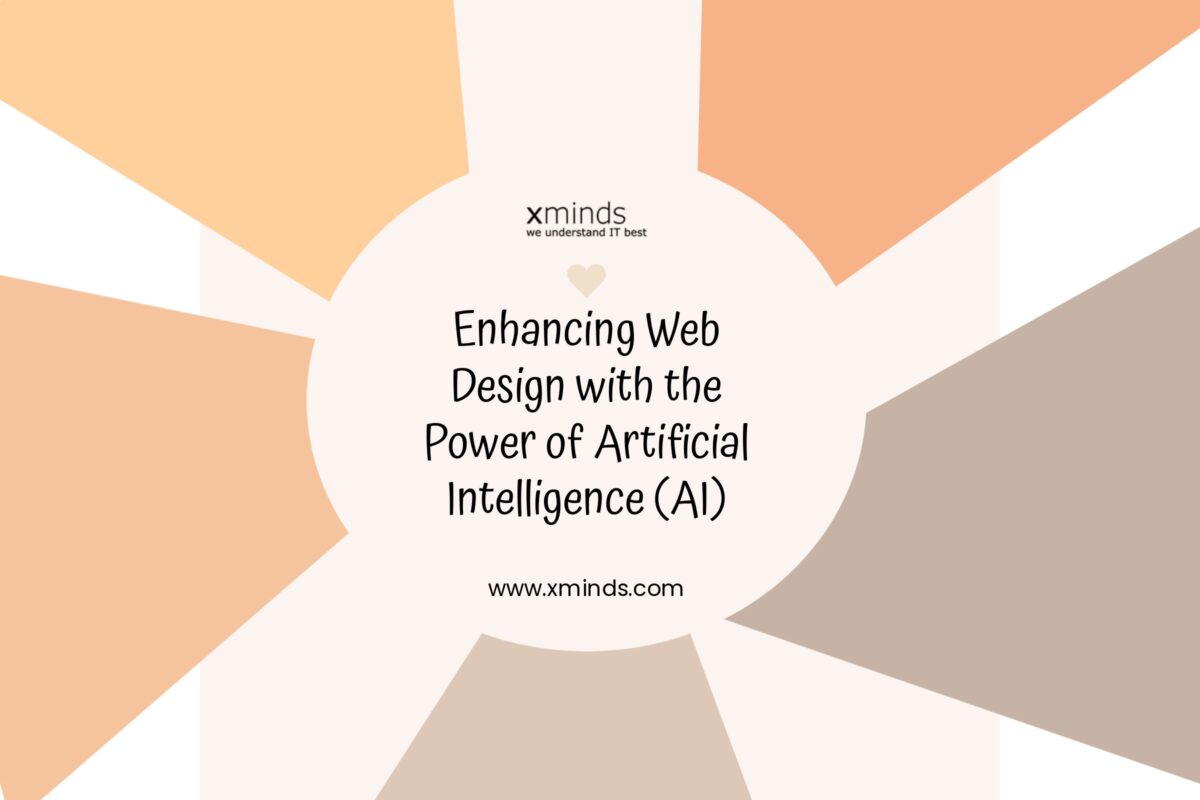The Future of UI/UX: Emerging Trends and Technologies Shaping the Design Landscape

In today’s digital age, User Interface (UI) and User Experience (UX) design are at the forefront of creating engaging and intuitive experiences for users. As technology continues to evolve, new trends and technologies are shaping the future of UI/UX design. Let’s take a look at some of these emerging trends:
Augmented Reality (AR) and Virtual Reality (VR):
AR and VR technologies are transforming how users interact with digital content. These immersive experiences allow users to engage with digital elements in real-world environments. In the future, we can expect to see more AR and VR applications in areas such as gaming, education, and retail.
Voice User Interfaces (VUI):
With the rise of voice-controlled devices like smart speakers, VUIs are becoming increasingly popular. Designers are tasked with creating intuitive interfaces that respond naturally to voice commands, providing users with seamless and hands-free interactions.
Artificial Intelligence (AI) and Machine Learning (ML):
AI and ML algorithms are revolutionizing UI/UX design by enabling personalized and adaptive experiences. From predictive analytics to chatbots, AI-powered interfaces can anticipate user needs and provide tailored recommendations, enhancing user satisfaction and engagement.
Gesture-Based Interfaces:
Gesture-based interfaces allow users to interact with devices using gestures and movements. This intuitive form of interaction is being used in devices like smartphones and tablets, where users can swipe, pinch, and tap to navigate. Designers are exploring new gestures to create more engaging and interactive experiences.
Neumorphism:
Neumorphism is a design trend that combines elements of skeuomorphism and flat design. Interfaces designed with neumorphism have a soft, three-dimensional appearance, with subtle shadows and gradients. This trend is gaining popularity for its modern and visually appealing look.
Accessibility and Inclusive Design:
Accessibility is an important consideration in UI/UX design, ensuring that interfaces are usable by everyone, including those with disabilities. Designers are incorporating features like alternative text, keyboard navigation, and color contrast adjustments to make interfaces more accessible to all users.
Responsive Design:
Responsive design ensures that interfaces adapt to different screen sizes and devices. With the increasing use of smartphones, tablets, and other devices, responsive design is essential for providing a consistent user experience across platforms. Designers are using flexible layouts and media queries to create interfaces that look and function well on any device.
Conclusion
The future of UI/UX design is shaped by a variety of trends and technologies that aim to enhance user experiences and meet evolving user expectations. By embracing these trends and staying informed about emerging technologies, designers can create innovative and user-centric experiences that resonate with users and drive business success.
For further information or assistance in UI/UX design development, Feel free to contact us at sales@xminds.com
Related articles



